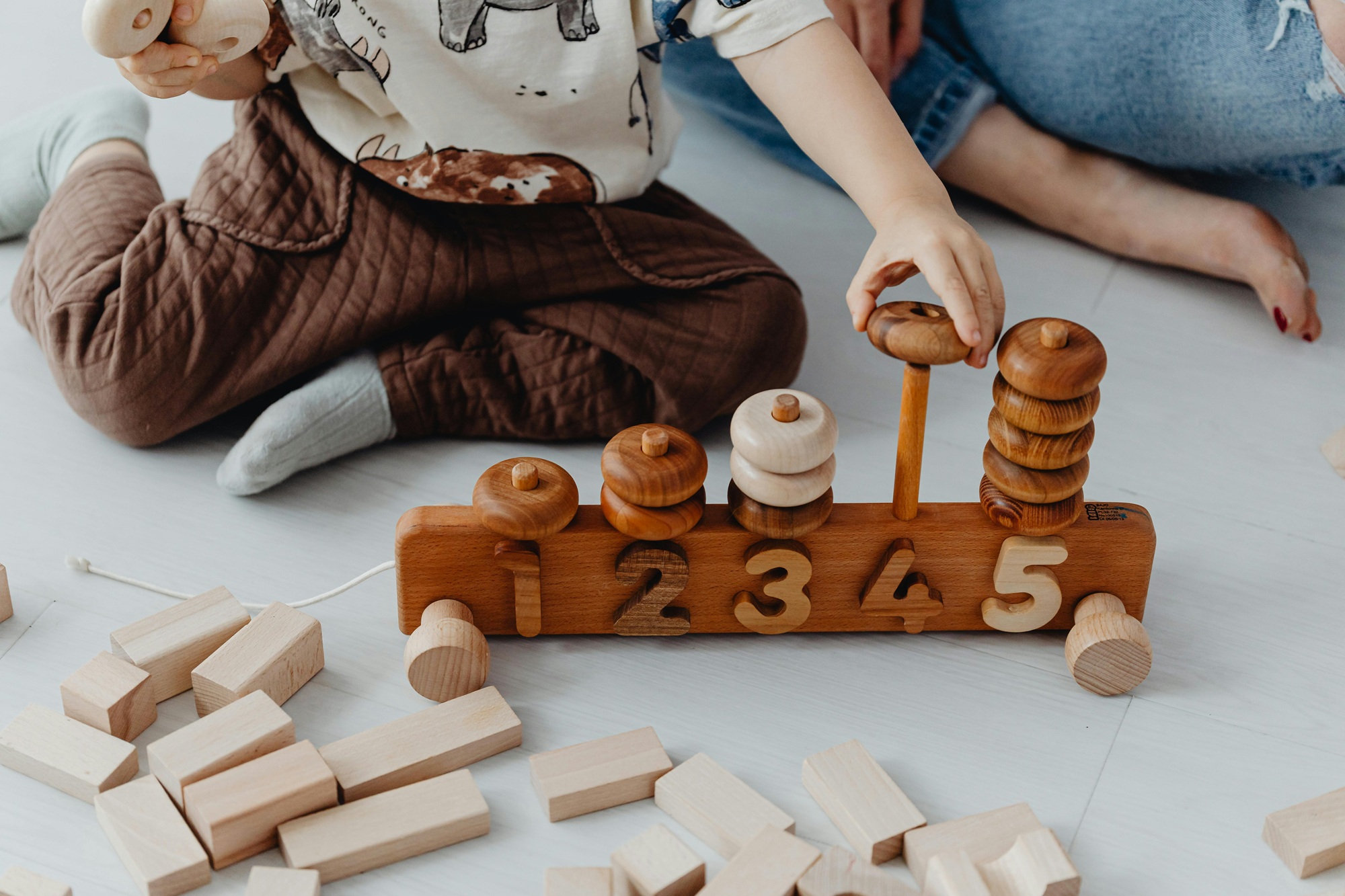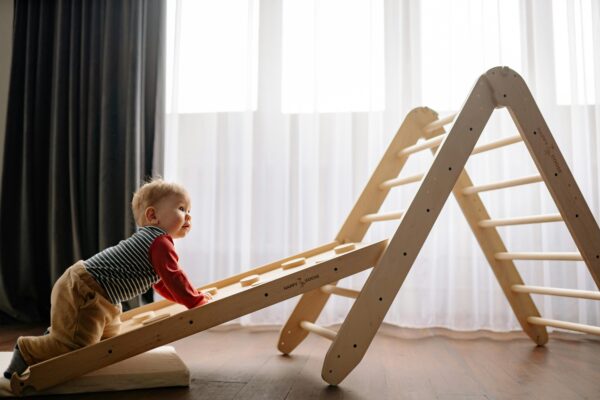As parents, we all want to give our children the best start in life. One of the most effective and enjoyable ways to support their growth is through the magic of sensory toys. These toys aren’t just fun; they play a vital role in aiding your child’s development, from early infancy to their adventurous school years. Let’s take a friendly, casual stroll through how sensory toys grow with your child and why they’re a must-have in your parenting toolkit.
What Are Sensory Toys?
First things first, let’s clarify what sensory toys are. They are specially designed toys that stimulate the senses — touch, sight, sound, taste, and smell — helping children explore and understand their environment. Think colourful textures, squeaky sounds, chewy materials, or shiny surfaces. These toys are perfect for children of all ages, supporting various developmental milestones.
Early Years: Touch and Feel
In the early months, babies are discovering their world through their senses. Soft, squishy sensory toys like textured blankets, teething rings, or crinkle toys are fantastic for encouraging tactile exploration. They help strengthen fine motor skills and hand-eye coordination, all while providing comfort. During this stage, sensory toys also soothe and calm, making them a great tool during fussiness or teething.
Toddlers: Exploring and Experimenting
As your little one grows into a toddler, their curiosity skyrockets. They’ll want to explore every nook and cranny — and sensory toys are perfect for this stage. Think about vibrating toys, water beads, or sensory bins filled with rice or pasta. These toys help improve sensory processing, spatial awareness, and problem-solving skills. Plus, they’re brilliant for encouraging independent play, boosting confidence as your toddler learns about textures and sounds.
Pre-School Years: Enhancing Focus and Learning
Pre-schoolers love to learn and interact with their environment. Sensory toys can be a fantastic aid in developing focus, patience, and fine motor skills. Puzzles with textured pieces, kinetic sand, or sensory mats are just a few examples. These toys support early literacy and numeracy skills by making learning tactile and engaging. Plus, they help children manage sensory overload, promoting emotional regulation.
School Age: Creative Play and Sensory Integration
Even school-aged children benefit from sensory toys, especially those who need extra support with sensory integration or simply enjoy creative activities. Fidget spinners, slime kits, or textured craft supplies can help improve concentration and reduce anxiety. These toys continue to grow with your child, offering new challenges and opportunities for creative play.
Why Choose Sensory Toys?
Incorporating sensory toys into your child’s playtime is more than just fun. They promote crucial developmental skills, support sensory processing, and encourage independence. Plus, they’re adaptable — as your child grows, you can select more complex or different types of sensory toys to match their evolving needs.
Final Thoughts
From adorable textured rattles to sophisticated sensory stations, sensory toys are a fantastic investment in your child’s development. They grow with your child, providing age-appropriate stimulation that nurtures their senses, motor skills, and emotional well-being. So, go ahead and explore the colourful world of sensory toys — your child’s playful journey of growth awaits!
Remember, every child is unique. The best sensory toys are those that spark curiosity, comfort, and joy. Happy playing!






